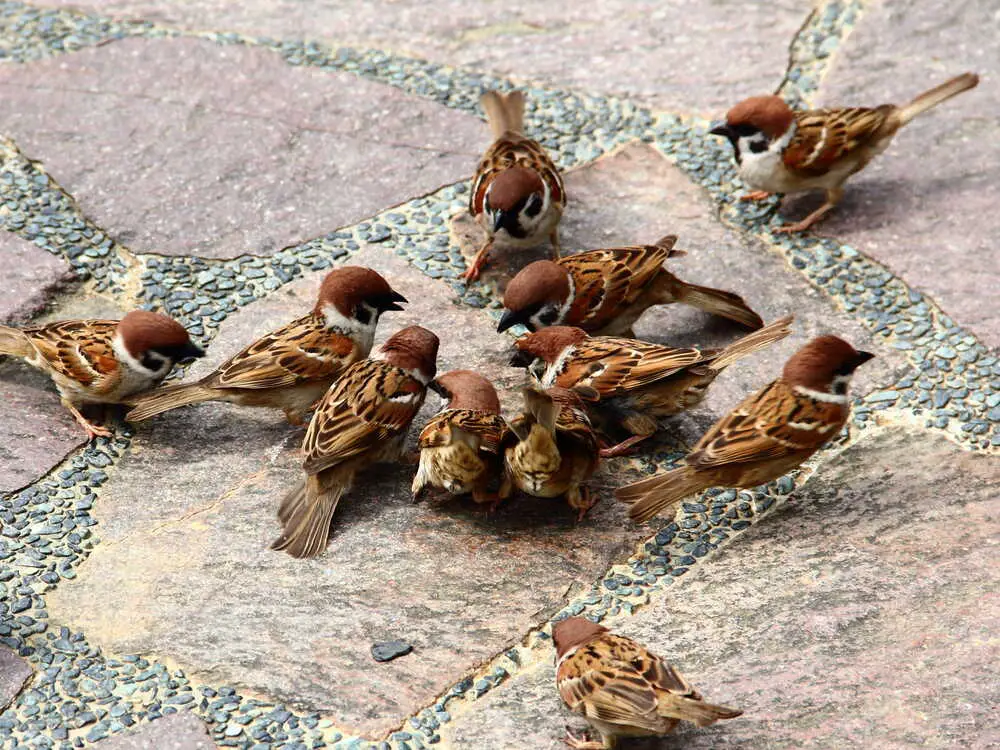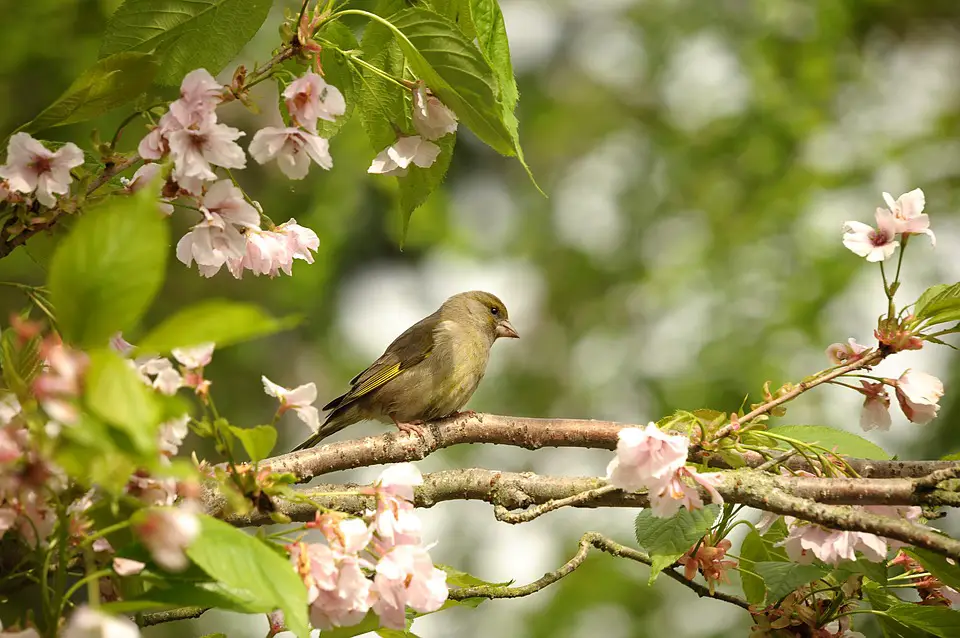The populations of many of our favourite birds have been on a gradual decline for several years. Since 1970, many species have suffered such significant loss in number that they are on red alert and face the threat of extinction.
A cross-poll of all British bird species shows that populations are averagely down by 11%. The numbers look worse when split into categories. Seabirds are down 28% compared with figures collated in 1970.
Woodland birds show a 27% decline in the same time frame, but the group to fare worst are the farmland bird; their number has decreased by more than 50%.
It is a very worrying trend – something that we, as a nation, should be doing our utmost to buck.
There are approximately 28 species of birds that currently show significant signs of decline.
While considerably worrying, at least 20 other bird species have seen their numbers boost in the same time frame. Targeted conservation efforts show, in some cases, populations have doubled.
Birds that have shown population declines of greater than 50% over the past 32-50 years include;
Turtle Dove Willow Tit
House Martin Starling
Nightingale Yellow Wagtail
Little Grebe Grey Partridge
Lapwing Snipe
Little Owl Skylark
Whitethroat Spotted Flycatcher
Redshank Linnet
Corn Bunting Tree Pipit
House Sparrow Lesser Redpoll
Yellowhammer Cuckoo
Woodcock Marsh Tit
Willow Warbler Mistle Thrush

Table of Contents
Which British Bird is at Biggest Threat
The sound of the turtle dove gently cooing in the air was a big part of my childhood; it signified the imminence of summer. Nowadays, it is a sound rarely heard.
Their decline is staggering; there are 97% fewer turtle doves today than there were in 1970. They feature on the Global Red List as an Endangered Species.
In some regions of Southern and Eastern England, farmers are working closely with the RSPB to create new, safe feeding habitats for the doves. Here, their number is small but stable.
The initial loss of these feeding opportunities is what caused the devastating loss. Sadly, the birds are also target practice for hunters in South Europe; each year, thousands of the species are needlessly lost to the bullet.
Factors Affecting the Decline of British Birds
There are three primary factors related to the declination of many bird species’ populations.
The first and most prominent is the ongoing changes in agriculture and farming practices.
Climate change and global warming also contribute.
Habitat loss as urbanisation increases, as does the pollution created, is the third biggest reason our birdlife is in trouble.
Agricultural Changes
Since 1970, the number of farmland birds has decreased by half, a scary thought when you realise 72% of the UK available land is used for agriculture.
There are several contributing factors, although they differ between species.
- Changes in crops
Many farmers concentrate most on winter crops consequently, many spring crops suffer.
Any nesting sites for lapwings and ground cover for birds such as corn buntings and yellow wagtails disappear.
Many winter crops previously left fallow are farmed year-round. It reduces the winter foraging spots for many species.
- Reduced mixed farming
Farmers tend to specialise more, leading to a decline in livestock and available arable grassland areas. Fewer diversity results in fewer opportunities for birds to forage for food and to find reliable nesting sites.
- Pesticides
The increased use and efficiency of pesticides reduces the available insects and weed seeds upon which birds feed.
- Hedgerow reduction
Many hedgerows have decreased since the 1970s. Not only does this reduce the number of nesting habitats, but it also dramatically impacts the variety and availability of the birds’ favourite invertebrates. To increase crop size, farmers plough right up to and beneath hedgerows.
The same applies to large areas of single crops. Non-rigid field margins weakened by modern farming techniques provides fewer, less diverse nesting options.
Climate Change
The overall temperature of the UK has increased by 1°C in the last century, causing warmer winters and hotter summers. Eight out of ten of the hottest summers on record occurred since 1990.
While this may prove beneficial to some bird species, it has a detrimental effect on many others.
Summer warming pushes wildlife northwards on the hunter for cooler temperatures. Many birds follow the trend; in the last 20-years, many species are nesting almost 20km north of where we’d expect to find them.
The catastrophic results of global warming are none-more-evident than the Scottish crossbill, the only endemic bird in Britain. Should summer warming continue at such a pace, there will soon be nowhere left for them to go; the species will become extinct.
Collated information suggests the ringed ouzel may also suffer the same fate.
Increased rainfall has resulted in the sea level increasing by 3mm annually. Tidal surges, rivers, tributaries, and salt marshes can’t handle the swell. Habitats are lost, fish die, creating a domino effect for birds that rely on them for food.

Habitat Loss
Many songbirds rely on supplementary feeding in gardens and on bird tables. As such, many species are commonplace in semi-rural and urban areas.
- Increased housing developments and transport links are eating into valuable greenbelt space previously used for nesting and roosting.
- Buildings are more structurally sound. Cracks and crevices previously used by cavity-nesting birds are becoming less abundant.
- Barns and grain stores used in farming are no longer outdated wooden sheds but state-of-the-art metal constructions. They are designed to keep unwanted wildlife out and to ensure harvested crops remain fresher for longer.
- Intensive farming practices have created a decline in biodiversity; there is and continues to get fewer forests and woodland for birds to inhabit.
What Can We do to Reverse the Sad Decline of British Birds
It isn’t just here in Britain that bird numbers are worryingly low; it’s a global issue. As human populations rise, the need for new food sources increases, more land has to be cleared in readiness for farming. Demand for new dwellings has never been higher, and the industry is rapidly expanding.
We, the human race, are creating loss of habitats for our birds and wildlife; shouldn’t we be trying to repair the damage?
Make your garden bird-friendly
Birds flock to gardens with available food, water, and opportunities for shelter.
Dense vegetation, shrubs, and bushes not only attract lots of insects, but they also bear fruit and berries, three of the birds’ favourite foodstuffs.
Let ivy grow bushy; it offers a safe roosting spot.
Plant lots of brightly coloured flowers to entice the birds; let them seed for another food source. Sunflower, honeysuckle, lavender, foxgloves, and teasels enhance a garden landscape and double as bird attractors.
Holly, hawthorn, and buddleia are easy to grow and provide food and shelter sources for birds and insects most of the year.
Don’t be tempted to sweep leaves up immediately; leaf piles are breeding grounds and often rife with insects.
Pull weeds by hand, don’t be tempted to use chemical pesticides.
Think before replacing the lawn with artificial grass, gravel, or decking. It is yet another loss of habitat for birds. If possible, let an area of your garden grow wild to look inviting to our feathered friends.
How to Help Birds in the Wild
Take part in the RSPB Big Garden Birdwatch.
It is the world’s largest bird survey and gives the best reflection of species and their populations.
Buy Organic
Organic fruit and vegetables taste better; they are grown without the aid of chemical fertilisers and insecticides. The soil remains healthy and provides biodiverse habitats for insects, many birds’ preferred food and, vital for feeding young.
Recycle
Use as little plastic as possible, and recycle. We have all seen images of single-use plastic floating in the sea or swept up on beaches. It threatens marine life; if there is nothing for sea birds to eat, they will decline even more rapidly.
Spread the Word
Talk to anyone that will listen; friends, family, neighbours. Encourage people to make their outdoor space as hospitable to the birds as possible.
Write to local councillors, schools, government agencies, anyone with enough power and influence to bring about change.
We need to educate and inspire people to make positive changes; start small, and hopefully, the effect will snowball.
Final Thoughts
The decline of British birds has happened since man discovered fire, and probably before then.
It is never too late to reverse the trend.
It is proven that, with enough government support and help, farmers can achieve extensive yield in a nature-friendly way.
Efficient financial aid, support, and education should be ploughed into (every pun intended) agricultural/environmental schemes.
Work to establish the Nature Recovery Network, to improve, extend, and connect habitats beneficial for birds and other wildlife, is a priority.
In the meantime, we can all do our part by making our gardens a welcoming spot for the declining birds of Britain.
